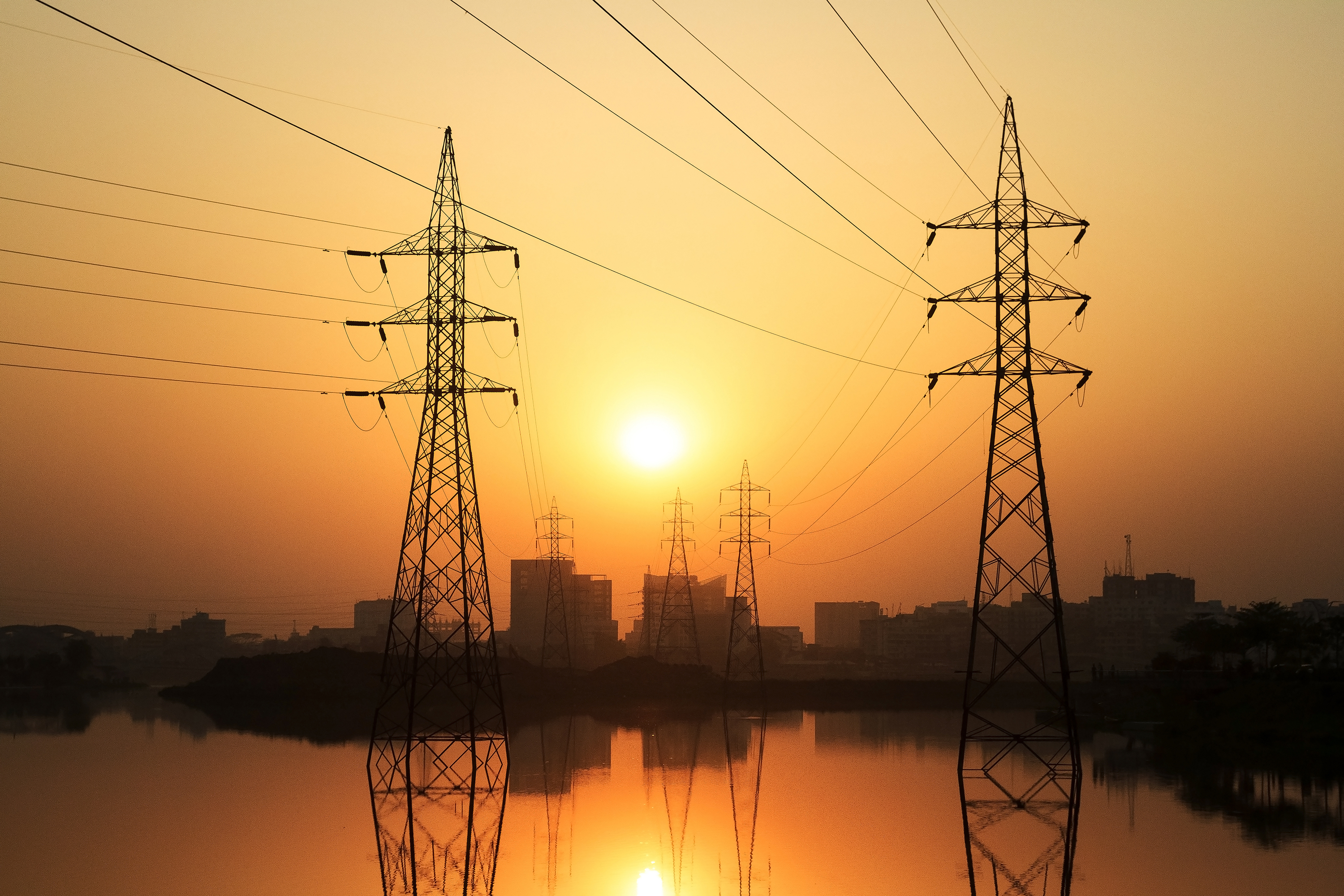
High voltage power lines passes in Dhaka City where power is a constant crisis (Photo credit: S. B. Stock, Shutterstock)
From serving our most basic needs to enabling our most ambitious ventures in trade and technology, infrastructure services are essential for raising and maintaining quality of life. Yet millions of people, especially in low- and middle-income countries, are facing the consequences of unreliable electricity grids, inadequate water and sanitation systems, and overstrained transport networks. Natural hazards magnify the challenges faced by these fragile systems.
Lifelines: The Resilient Infrastructure Opportunity (2019), a new report from GFDRR and the World Bank, lays out a framework for understanding infrastructure resilience— the ability of infrastructure systems to function and meet users’ needs during and after a natural shock—and makes an economic case for building more resilient infrastructure. The report builds on a wide range of case studies, global empirical analyses, and modeling exercises, and estimates that on average the net benefit of investing in more resilient infrastructure in low- and middle-income countries would be $4.2 trillion, with $4 in benefits for each $1 invested.
Lifelines examines four essential infrastructure systems: power, water and sanitation, transport, and telecommunications. Making these systems more resilient is critical, the report finds, not only to avoid costly repairs but also to minimize the consequences of natural disasters for the livelihoods and well-being of people. Outages or disruptions to power, water, communications, and transport affect the productivity of firms, and the incomes and jobs they provide, which directly impact people’s quality of life. Such disruptions may, for example, make it impossible for children to go to school or study, and may contribute to the spread of waterborne diseases, such as cholera.
“Resilient infrastructure is not about roads or bridges or powerplants alone. It is about the people, the households and the communities for whom this quality infrastructure is a lifeline to better health, better education and better livelihoods,” says World Bank Group President, David Malpass. “Investing in resilient infrastructure is about unlocking economic opportunities for people. This report offers a pathway for countries to follow for a safer, more secure, inclusive and prosperous future for all.”
Lifelines offers concrete recommendations and specific actions that can be taken by governments, stakeholders, and the international community to improve the quality and resilience of these essential services, and thereby contribute to more resilient and prosperous societies. GFDRR will work with World Bank teams across sectors and countries to apply the tools and recommendations from Lifelines, engaging private and public partners to mainstream its key messages into infrastructure planning.
